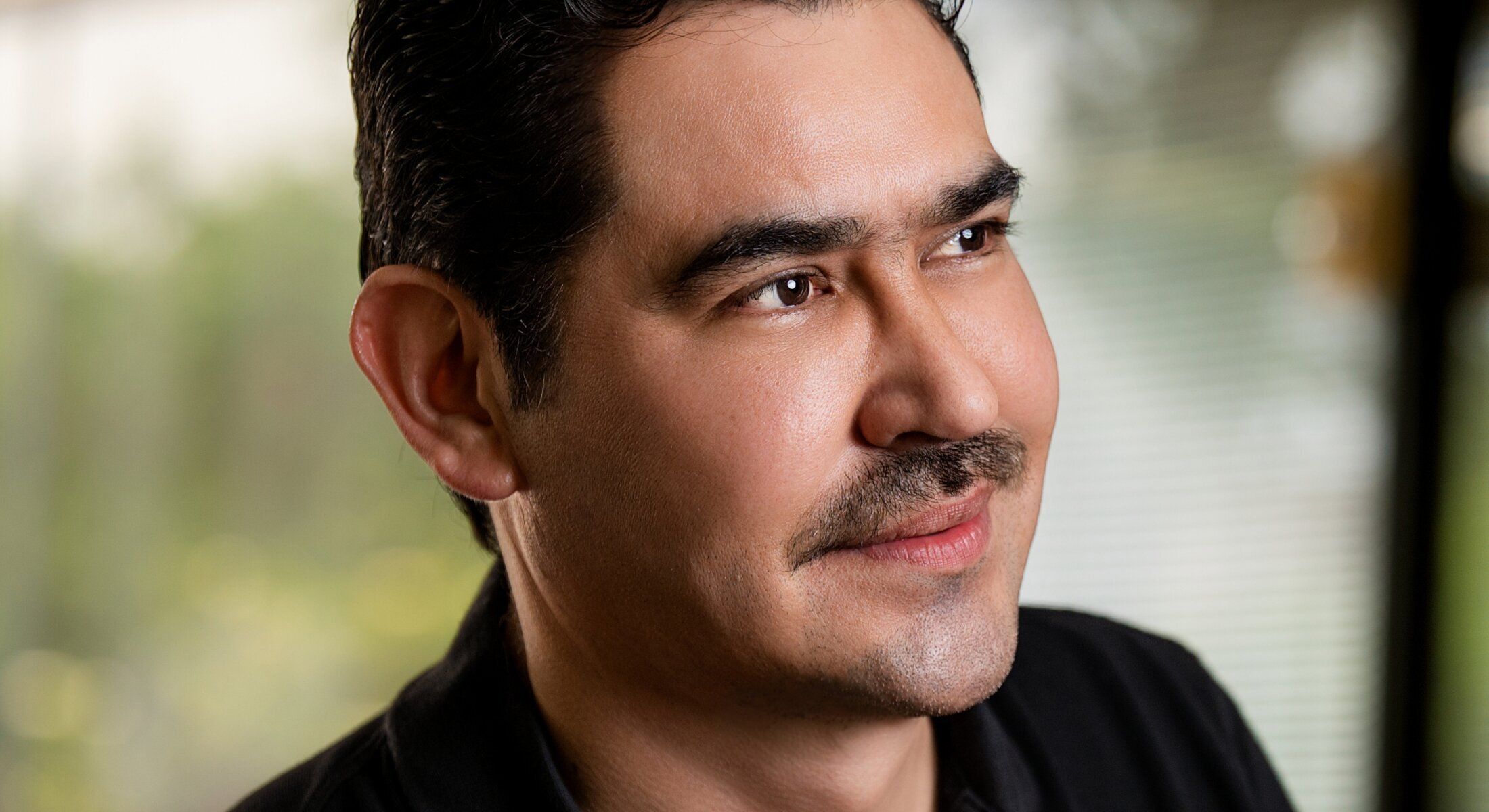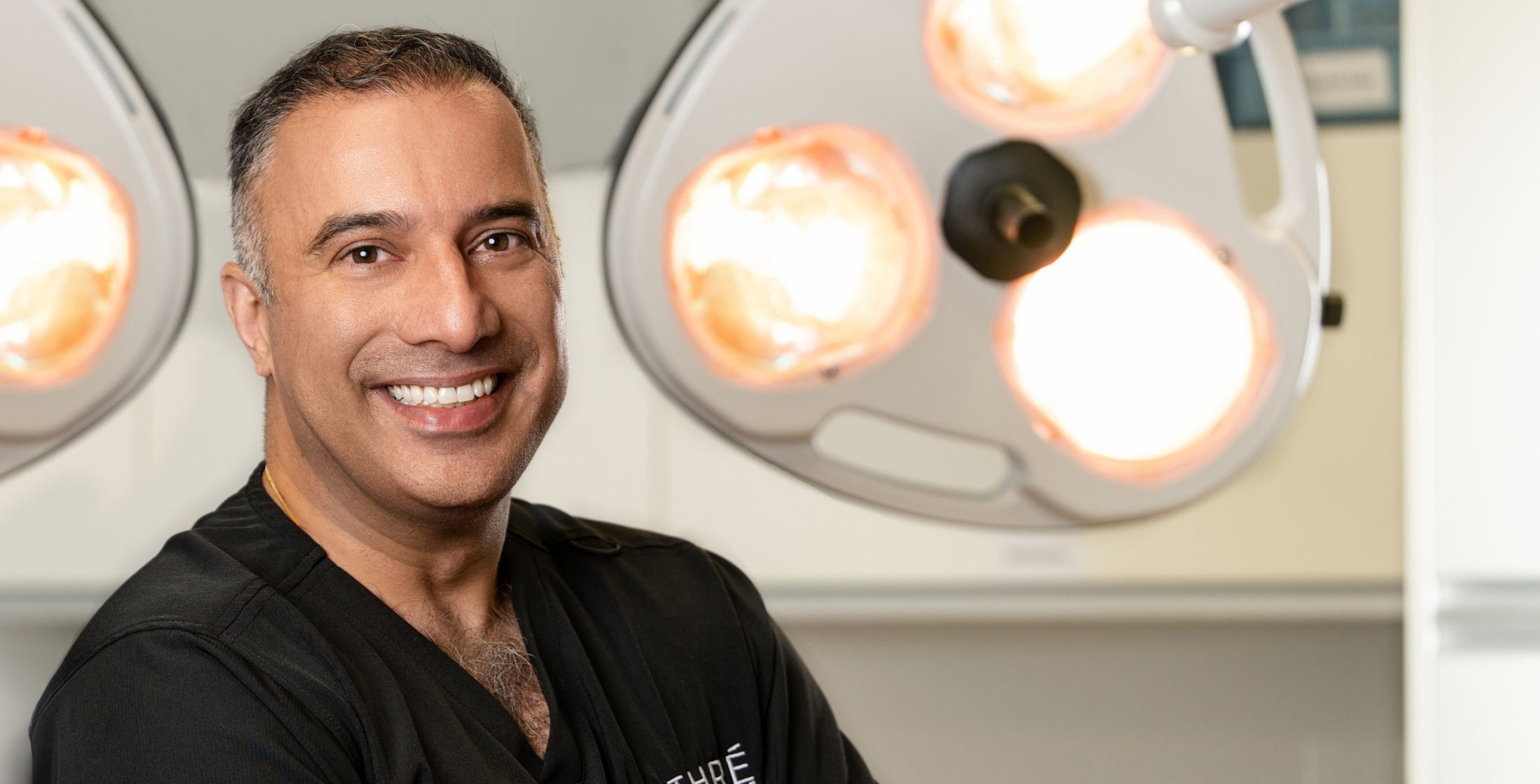



Skin cancer is one of the most common cancer types in the United States and worldwide.

Skin cancer is one of the most common cancers worldwide. Early diagnosis, however, means higher cure rates with a better cosmetic outcome with our Houston skin cancer reconstruction procedure.
1 of 4
Skin cancers are diagnosed via a biopsy. A biopsy is the removal of a small portion of skin, which is then sent to a lab to be reviewed under the microscope. The biopsy procedure is a simple procedure that takes about 5 minutes. It is normally done in the office under local anesthesia.
There are two types of biopsies: shave biopsies and punch biopsies. Shave biopsies involve removing a small piece of skin along the surface of the skin. This type of biopsy is frequently used for presumed squamous cell and basal cell carcinomas. Punch biopsies involve the use of a small instrument to remove a “core” of skin. This type of biopsy is usually reserved for presumed melanomas, because the depth of a melanoma is important for prognostic information.
Things to look out for and definitely get biopsied:
It is important to look over the entire body including the scalp, and areas such as the feet, and hands. If you have any of the above, or are just concerned, reach out to us for a skin cancer reconstruction consultation.

The gold standard for squamous cell and basal cell carcinomas is a type of surgery called Moh’s Micrographic surgery. Moh’s surgery involves removing the cancer layer by layer, until no cancer remains. The analysis of the resected layers is done in real-time at the time of surgery. Dr. Athré does not perform the Moh’s surgery, but will refer you to several excellent Moh’s surgeons in the Houston area. Melanomas are usually treated with wide excision, but adjunctive therapies might be needed.

Following resection of the cancer, the resultant wound is reconstructed. Dr. Athré is an expert at skin cancer reconstruction post Moh’s surgery. See some before and after pictures here.
“No surgeon can compete with Dr. Athre. He is by far the most compassionate doctor that I have ever met. What makes him so different and special is beside his warm personality, he is genuinely interested in your case and what are you going through. He treats each case with great sensitively and takes it as a personal challenge and tries his best to support you overcoming these concerns.”
“No surgeon can compete with Dr. Athre. He is by far the most compassionate doctor that I have ever met. What makes him so different and special is beside his warm personality, he is genuinely interested in your case and what are you going through. He treats each case with great sensitively and takes it as a personal challenge and tries his best to support you overcoming these concerns.”
